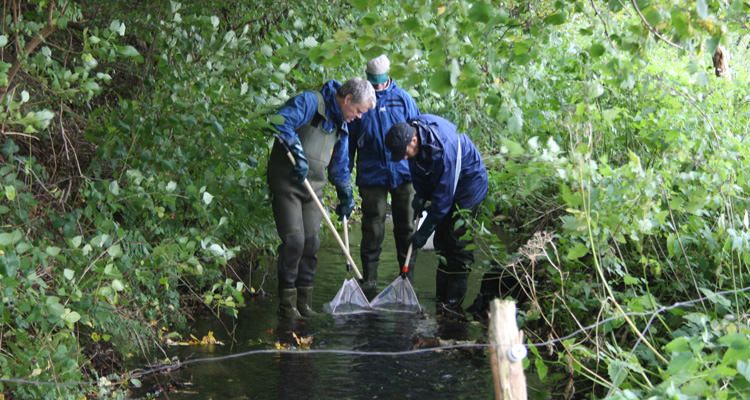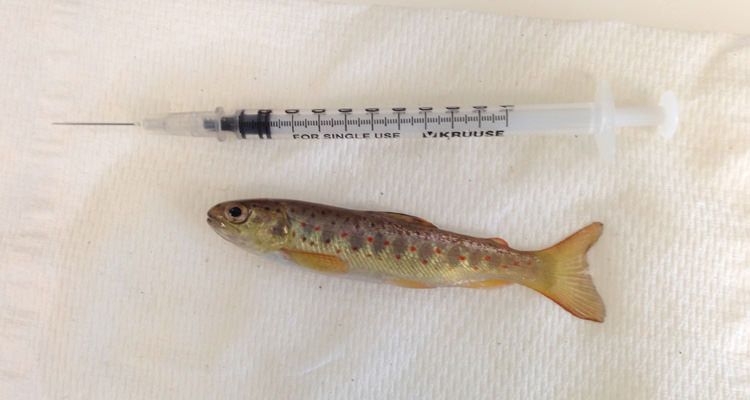Advanced Denmark Wastewater Treatment Plants Stop Reported Feminisation of Fish
Published on by Water Network Research, Official research team of The Water Network in Academic
The media has been telling us about feminised male fish for decades, but now researchers at SDU announce that this feminisation has completely disappeared in certain parts of Denmark.
Male fish that live in the proximity of discharges from wastewater treatment plants have proved to be feminised in many countries.
This is mostly due to the presence of female sex hormones in the wastewater - e.g. natural oestrogens and synthetic oestrogens from contraceptive pills, which are only removed from wastewater if advanced purification is carried out at the wastewater treatment plant.

Source: SDU
The feminisation can be seen as i.a. elevated concentrations of egg yolk proteins in the blood of the males. In contrast to male trout, females produce their own oestrogens. This means that the egg yolk proteins are usually only found in females, where the proteins are integrated into the eggs.
It is all about wastewater treatment
The majority of municipal wastewater treatment plants in Denmark are highly advanced and so effective in removing natural oestrogens and synthetic contraceptive pill oestrogens from the wastewater that concentrations in the purified wastewater are too low to feminise male fish.
- Despite this, we found that there was widespread feminisation among some male brown trout in certain Danish streams during the period of 2000-2004, but in the period of 2010-2016 we found this feminisation had completely disappeared, says biologist Jane Ebsen Morthorst from Department of Biology.

Source: SDU
Greatly reduced discharges
The wastewater from many households in scattered settlements often passed only through a settling tank in the form of a septic tank or similar, which only removes larger particles and not oestrogens. A previous project proved that discharges from settling tanks contain a sufficient amount of oestrogenic activity to feminise male fish.
- In collaboration with the environmental departments of the municipalities concerned, we discovered that many properties in scattered settlements had carried out improved wastewater treatment on their own land register or had been connected to a municipal wastewater treatment plant in the period from 2004 to 2010. The discharge of poorly purified wastewater from the scattered settlements had therefore been greatly reduced.
Requirements for the installation of additional purification plants after settling tanks have more than likely resulted in an improvement in the environmental status of Danish streams.
The work was financed by the Danish Environmental Protection Agency via Centre on Endocrine Disrupters.
Source: SDU
Media
Taxonomy
- Wastewater Disposal
- Wastewater Treatment
- Wastewater Collection
- River Engineering
- River Restoration
- Animal Health
- Animal Health